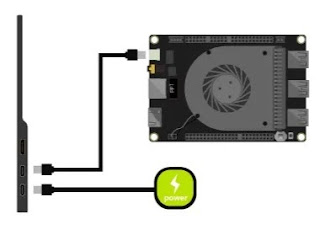Home Energy Monitoring

It took me a while. It all started quite some time ago when I came across this vide on DIY Whole Home Power Monitoring with ESPHome & Home Assistant . Things have changed (mostly improved) but the basics still apply. The video is a great start to Home Assistant and ESPHome learning curve. When I started I knew almost nothing about this stuff. Knowing this would be a difficult project (well maybe not THAT difficult, but such when you can make many mistakes on the way and even do not recognize them until very late), I took quite systematic approach. Started with Home Assistant Yellow . It is a great option for a Home Assistant box, as it has Zigbee / Thread radio bulti in and can be powered via PoE. Also has plenty of storage. Setting up Home Assistant is a breeze, as there is a dedicated image available to be installed via the Raspberry Pi imager. The next step was ordering the CircuitSetup boards (the main board and 3 add-on boards for 24 channels in total). I also ordered (v...





























